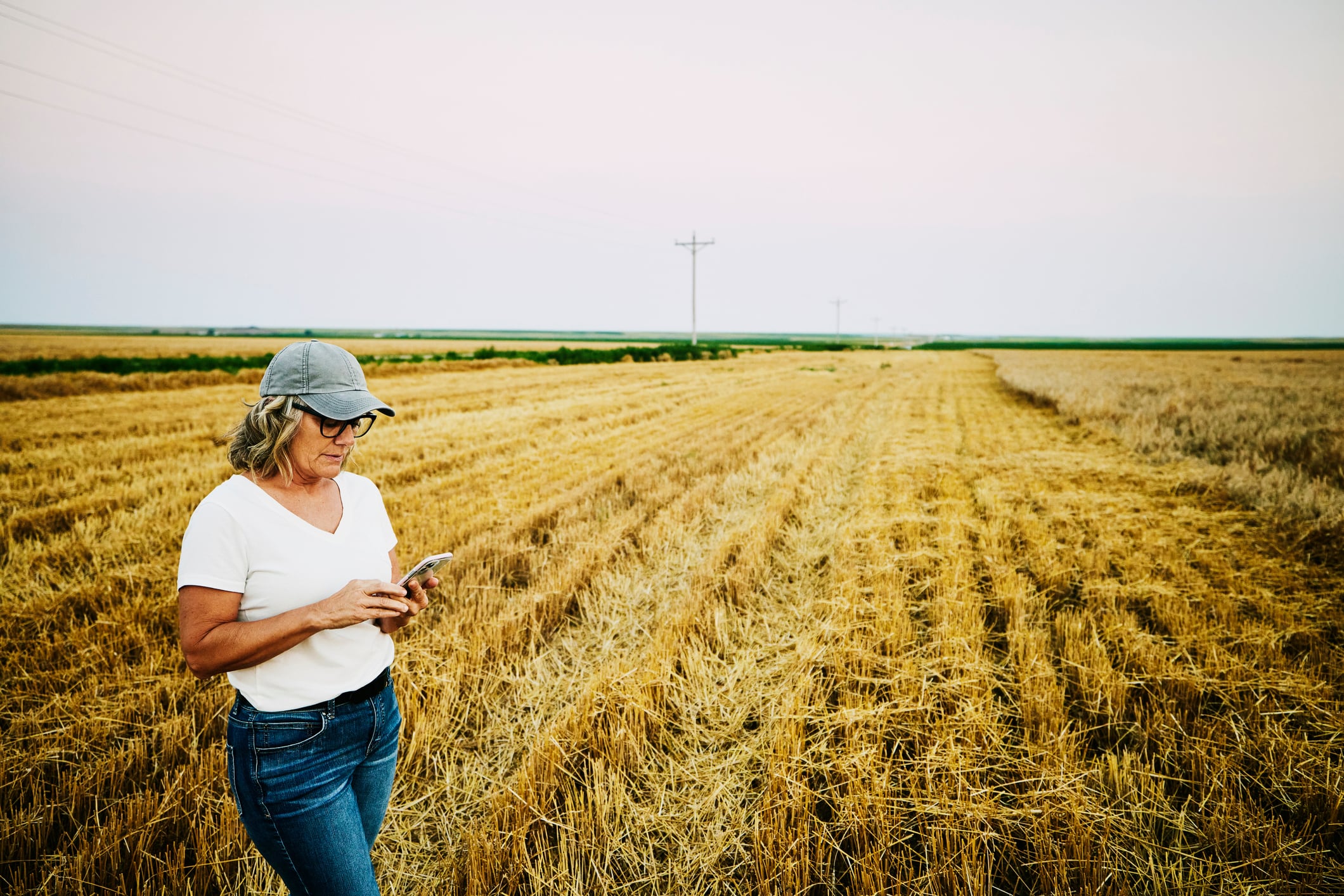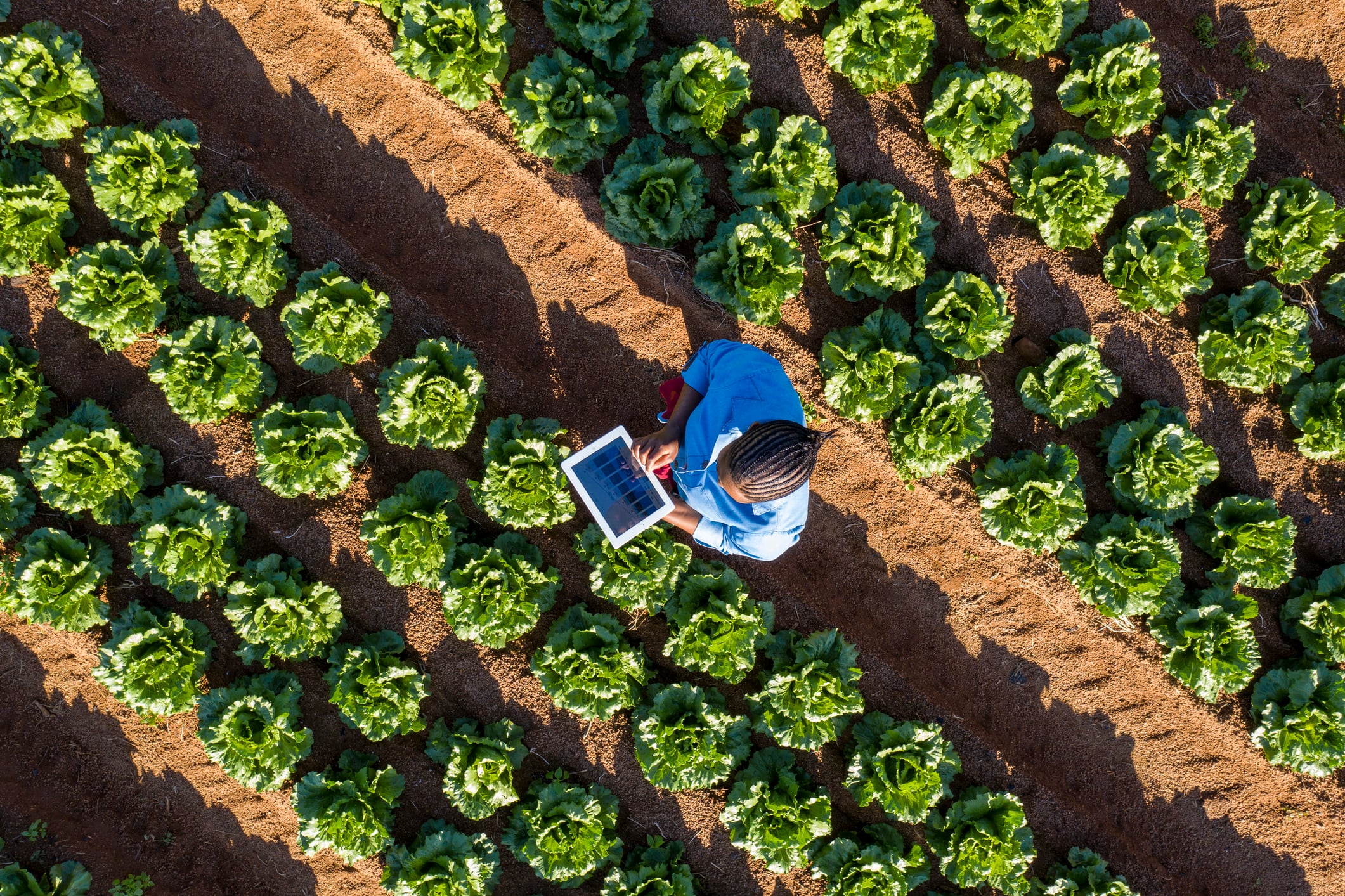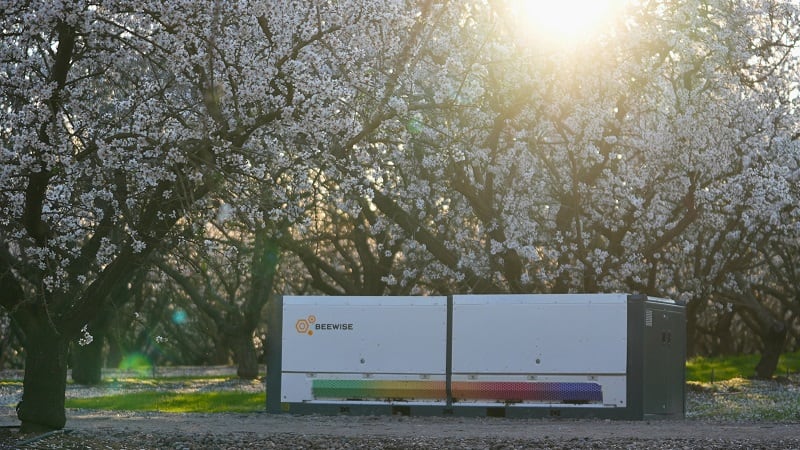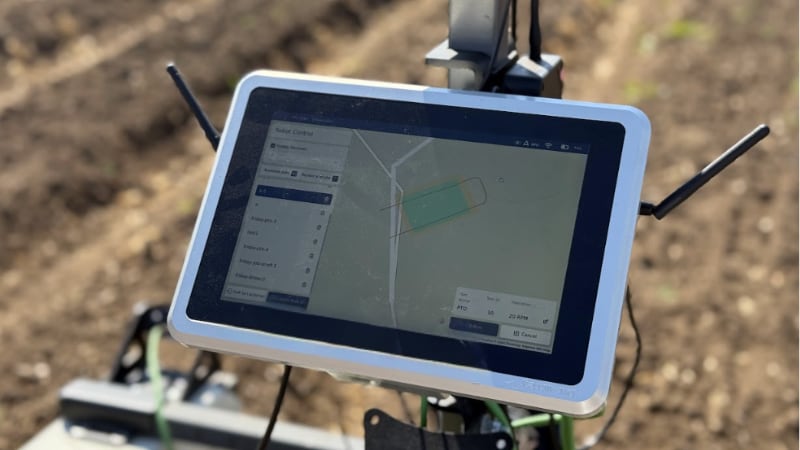“I wasn’t sure where I was taking it,” Mantle says, “but doing some roundtables what I heard over and over from growers was: ‘hey, it’s great you have all these blingy buzz words but we just need to get things done on the freaking farm.’”
The farmers had ‘analysis paralysis’, Mantle explains, often using dozens of different apps for things like weather, payroll, or inputs, yet without the insight to really affect change.
Mantle realised the key was unlocking different data insights for these growers, not necessarily through new technologies but by better synchronising what they already had to help their soil, production, and yield forecasting.
Earlier this year, it bought 2nd Sight, a software provider for managing agricultural labour, allowing it to assist growers on one of their sharpest pain points. Mantle explained more about it.
ATN: Tell us about Innov8
Our focus is really on aggregating data all the way from the field to the grocery shelf, and layering this data for operational intelligence and industry benchmarking.
We use tried-and-true technologies. We’re not creating another new type of technology like so many start-ups. We’re enabling access to those already in the marketplace and making them better by combining them.
ATN: What are the different data streams you’re pulling in? And what are you then doing them to affect what gets pumped out?
On the soil side, for example, we use technology licensed from a Canadian company called SoilOptix. It maps the variability in soil across a field and informs where the farmer should go and take soil samples in a field to give 335 data points per acre on soil health.
The question becomes: ‘well, it’s great to know what’s in the soil and where I have deficiencies or too much, but what’s the actual impact?’
So that’s the second layer, where we bring in different technologies. One of the companies we license is Green Atlas out of Australia. It focuses on putting an array of cameras and LiDAR equipment and GPS on a piece of equipment, and then sending it up and down rows and counting the number of buds or blossoms or pieces of fruits or cones.
So now we have a layer that we can show a grower and say: ‘here is the relationship between what’s happening above ground and what’s happening below ground,’ so they can invest in the areas where they are seeing underperforming crops in terms of yields or quality.
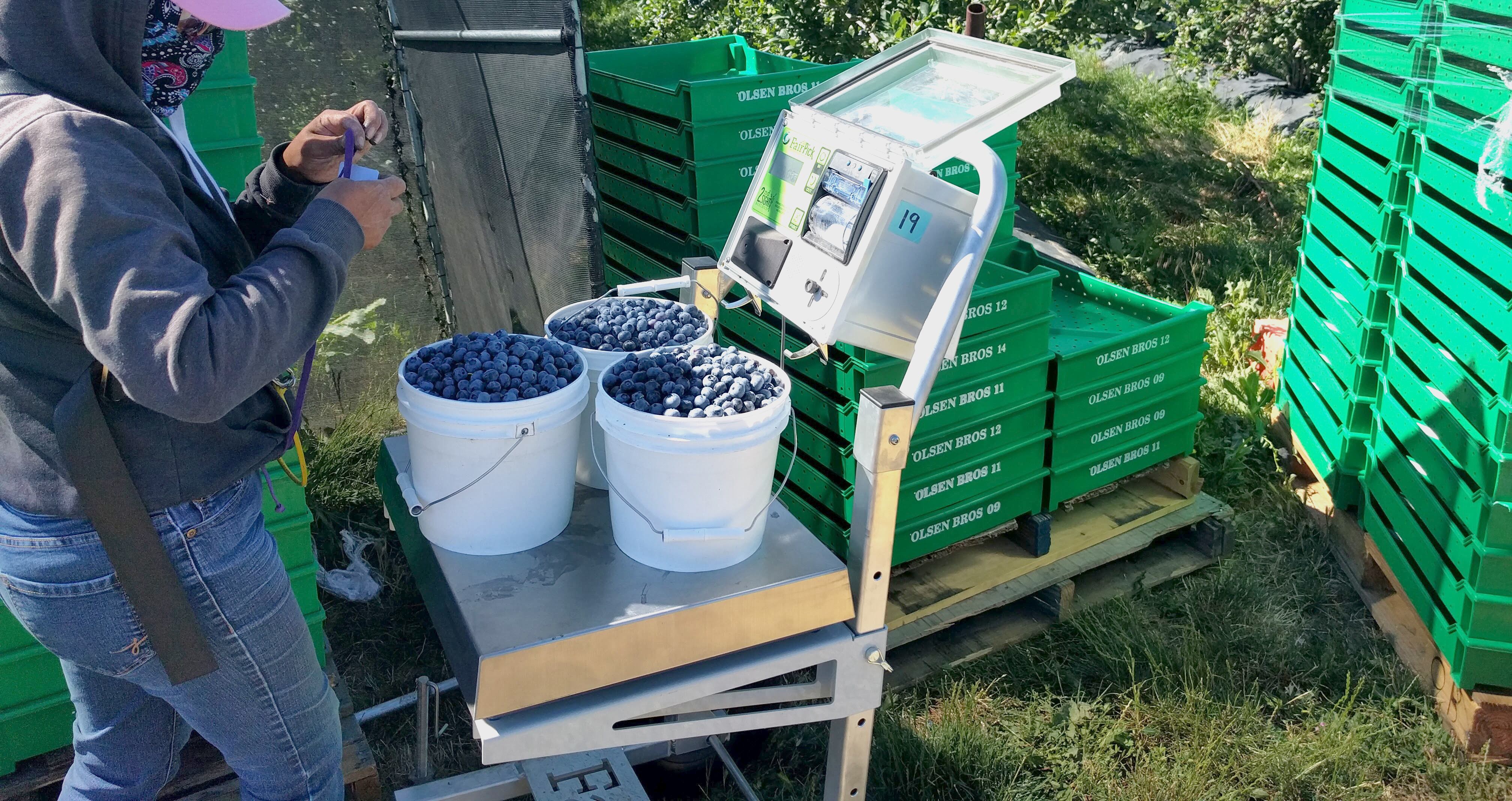
ATN: How does the acquisition of 2nd Sight Bioscience fit into this?
2nd Sight brings insights on labour which for specialty crops is about 60% of growers’ costs because it’s harvested by hand. It’s really eating them alive and it just continues to go up and up and up.
2nd Sight provides these field scales that as your workers pick the crop, they bring it to the nearest scales, identify themselves with a badge and put the product in the tray. They then get credit for what they picked.
So now, from a traceability perspective - starting to tie it to the grocery shelf - we have a record of what was picked, by whom, from where, and when.
And we can also show that in a geospatial data layer of where the hot zones are for the crop. So a grower can see: ‘I’m getting more from these three fields than I have in the last five years. So I’m ahead or below target. And also, where are my inefficiencies? Do I have the right amount of people picking?’
ATN: So it’s mainly about boosting efficiency?
Many growers use it for payroll data, seeing who was in the field that day, what they picked, and then maybe paying on a per pound basis.
And okay, that’s great. But what if we could actually use that to establish benchmarks on how you’re doing versus others, in terms of tons per acre that are being picked per day, for instance. Are you earlier or later versus everyone else? Which has a huge impact on the price you can sell your product for.
So tying those different pieces all together and focusing particularly on labour, that is really our focus.
ATN: What’s Innov8’s business model?
Maybe I can answer that question three ways. On soil health and plant health, we typically charge dollars per acre and we work with the growers to actually go collect that data and tie it in and then we provide the insights as a service.
The second piece is around 2nd Sight given that it’s a fresh acquisition for us. They are about providing a ‘razor blade’ model. We provide the equipment, and then the grower is paying for that hardware, and then there’s a subscription to flow that data and provide that into the growers back end. And that typically is based more on a per-employee basis per month.
And then over time, what we see as the third piece is providing premium data insights to growers. How growers really think about things is: ‘what am I making per ton, gross and net,’ and so we’re likely going to look at it through that lens, on a per pound or per ton basis.
ATN: What scale are you now?
We’re still a young company in terms of revenue. We’re on track for year-end $1m annual recurring revenue (ARR). We were profitable last year, which is part of what enabled us to do a cash and stock acquisition of 2nd Sight.
ATN: What geographies?
With 2nd Sight we have customers that are actively using the product on a daily basis in Netherlands, Chile, Australia, New Zealand, Canada, and the United States.
ATN: How many?
Hundreds.
ATN: How much investment have you had, and from who?
This has been a journey for me in that I’ve been very reticent to take on VC dollars, traditional VC dollars, because once you do, the clock starts ticking in terms of expectations by those investors.
In agtech, there’s a whole graveyard out there of companies that have taken VC dollars. Highflying companies with lots of swag that are still on growers’ shelves or in boxes.
We don’t want to be a company that’s that left in the box. And so the investors that we’ve brought on thus far have been friends, leveraging some of the network that I’ve had from my M&A days at Microsoft, and a regional investment fund called Fuse Fund out of Washington state.
Now that we actually are getting traction, we’re on a path to now feeling more comfortable on moving toward seed. But we haven’t actually made that decision yet.
ATN: So at some stage the door will be open to VC funds? Does it have to be? Is it possible to grow without VC money?
The answer is yes. It really just comes down to how much you want to scale. Do you want to go global? Do you want to stay regional?
If I wanted to just stay largely focused in the northwest and wanted this just to be a hobby - although I can think of hobbies where I would get more day-to-day enjoyment from them, not be subjected to harsh elements and insects and ticks and bee bites and all the fun stuff that goes with ag - that is really the question, and I think it’s probably an in-between.
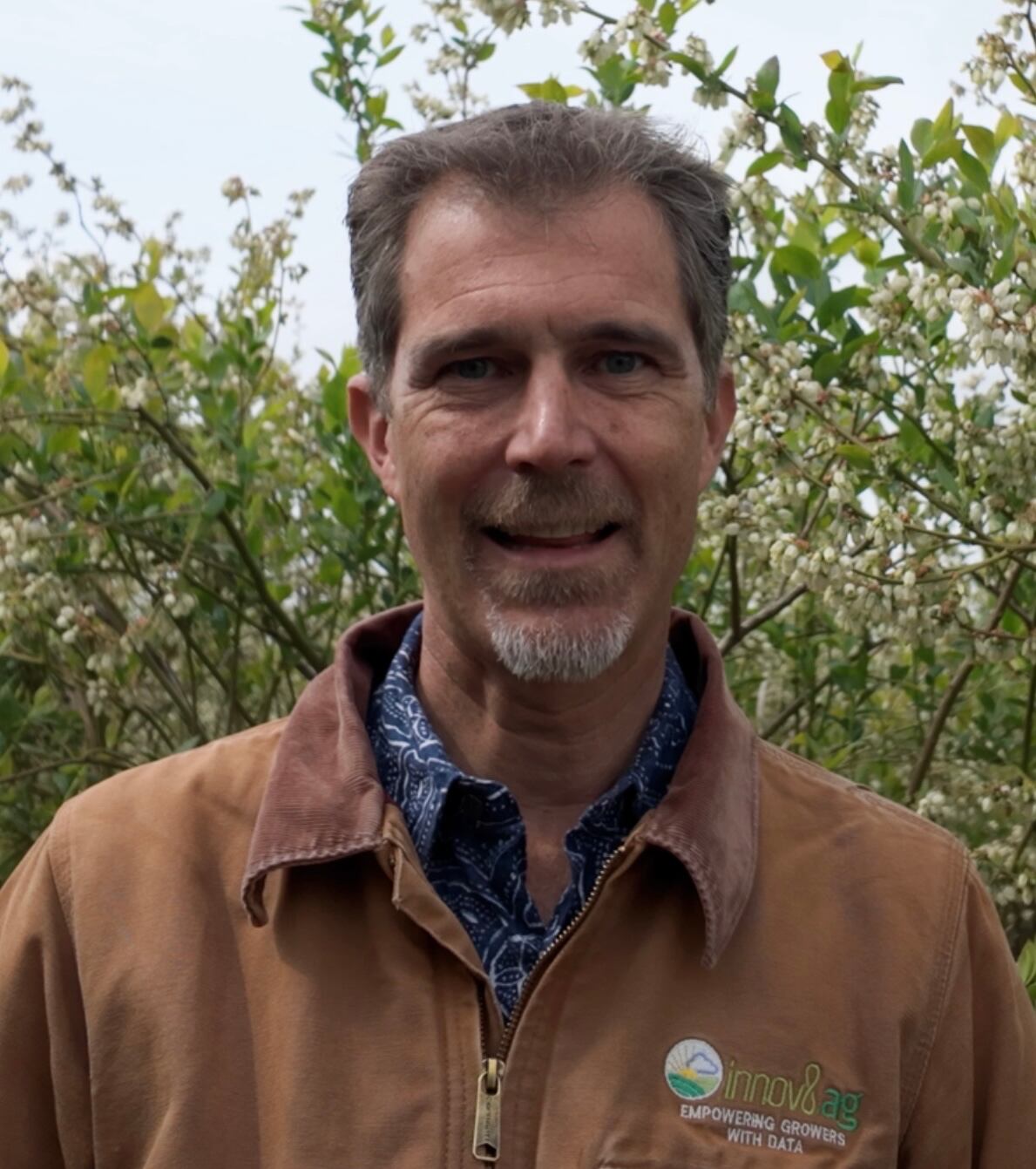
I don’t today see us going really big on VC. It’s being cautious on, and aligning with, corporate VCs. I’ll just call it strategic investments, as opposed to money for money’s sake, which we have said no to.
ATN: You said once you take VC money, then the clock starts ticking. Does that mean you’re planning your exit strategy from the get go?
An exit strategy is always top of mind. I do at some point plan on exiting the business and I do see a path.
Particularly on the labour data, we’re getting so much insight from this that I believe it opens up a pathway to deeply understanding processes on farm and benchmarks around productivity.
So we understand where automation can fit in and gain traction. And I believe that does have value for some of your equipment manufacturers, for instance, as well as your data related companies.
So I think there are a number of different paths to exit. And this is why we are very open to corporate venture that is well aligned to our approach.

